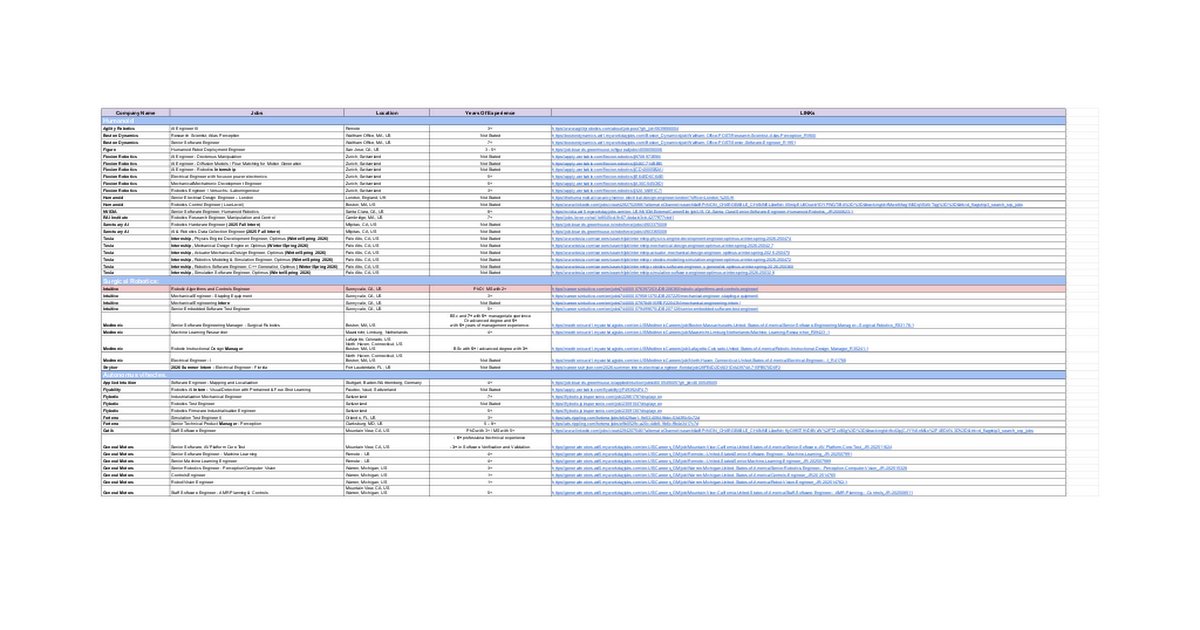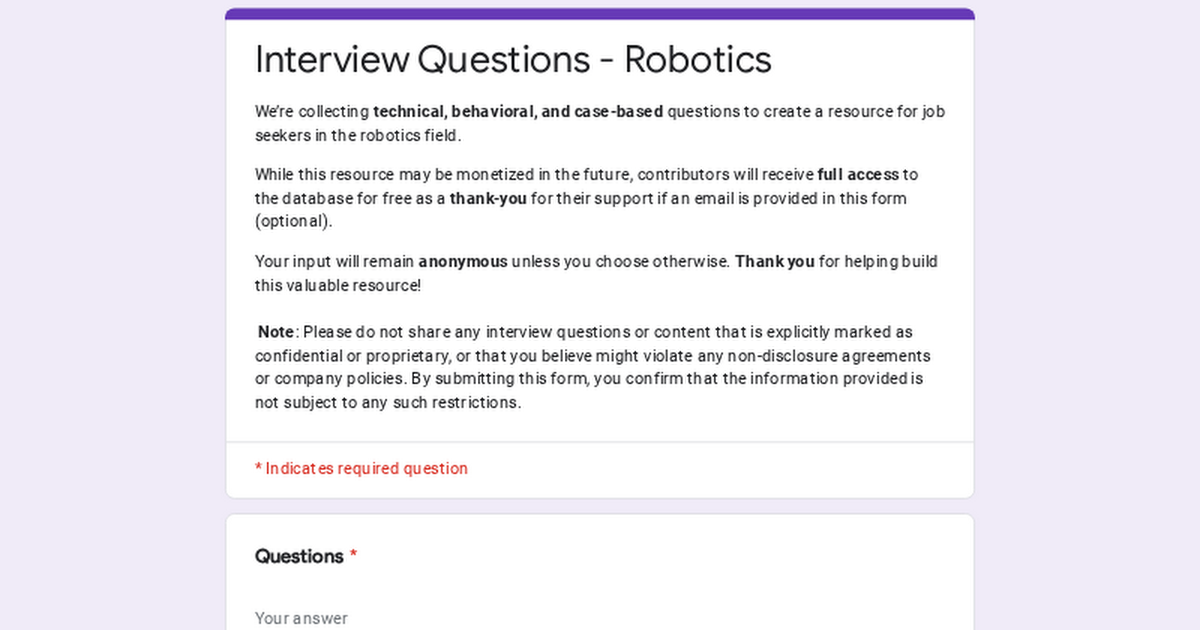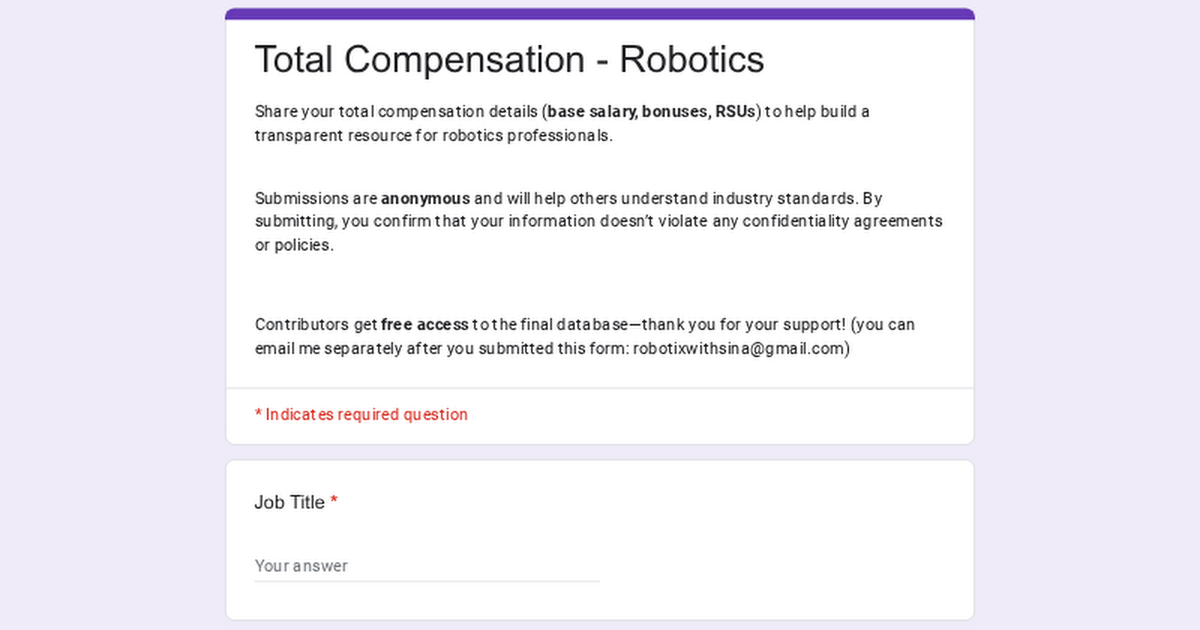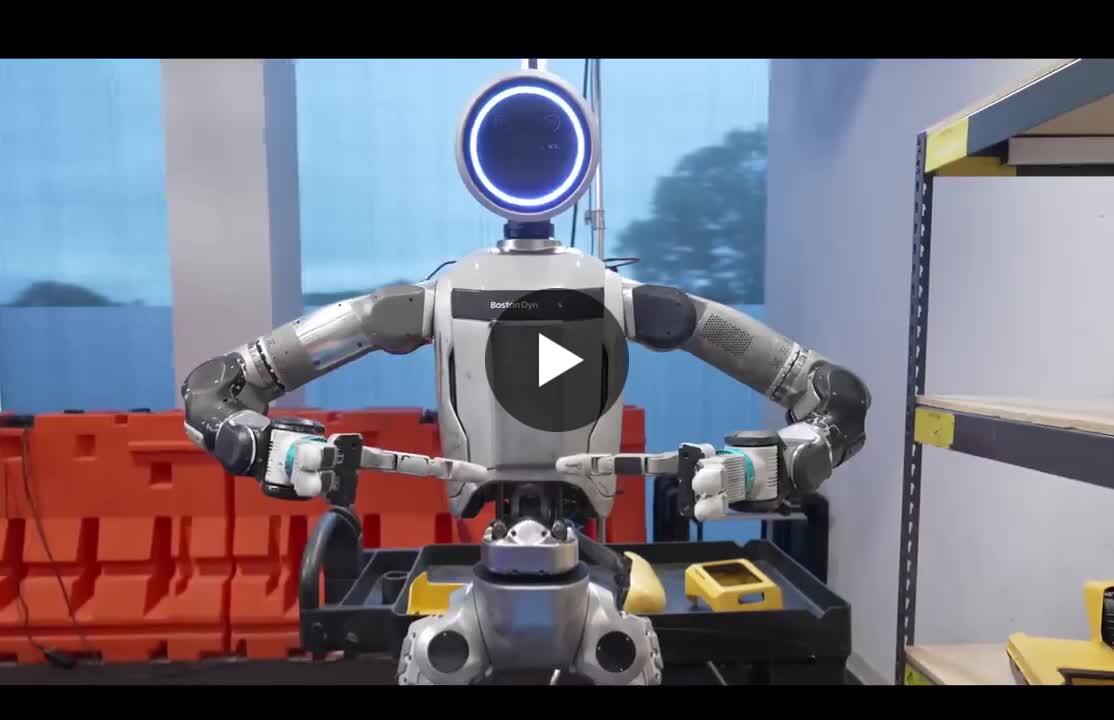It doesn’t flip or do parkour. But this ‘𝐛𝐨𝐫𝐢𝐧𝐠’ video may be a 𝐬𝐢𝐠𝐧𝐢𝐟𝐢𝐜𝐚𝐧𝐭 milestone toward 𝐠𝐞𝐧𝐞𝐫𝐚𝐥-𝐩𝐮𝐫𝐩𝐨𝐬𝐞 𝐡𝐮𝐦𝐚𝐧𝐨𝐢𝐝𝐬! Here is the tech 𝐬𝐢𝐦𝐩𝐥𝐢𝐟𝐢𝐞𝐝:… | Sina Pourghodrat (PhD)
It doesn’t flip or do parkour. But this ‘𝐛𝐨𝐫𝐢𝐧𝐠’ video may be a 𝐬𝐢𝐠𝐧𝐢𝐟𝐢𝐜𝐚𝐧𝐭 milestone toward 𝐠𝐞𝐧𝐞𝐫𝐚𝐥-𝐩𝐮𝐫𝐩𝐨𝐬𝐞 𝐡𝐮𝐦𝐚𝐧𝐨𝐢𝐝𝐬! Here is the tech 𝐬𝐢𝐦𝐩𝐥𝐢𝐟𝐢𝐞𝐝: The big idea in the new work from Boston Dynamics and Toyota Research Institute is the use of a Large Behavior Model (LBM). 𝐖𝐡𝐚𝐭 𝐞𝐱𝐚𝐜𝐭𝐥𝐲 𝐢𝐬 𝐚𝐧 𝐋𝐁𝐌? An LBM is an AI foundation model that translates multimodal data, such as language and visual information, into a wide range of robot actions. Similar to how large language models (LLMs), like ChatGPT, learn from text, LBMs are trained on massive, diverse datasets of human and robot demonstrations to develop generalizable skills. 𝐖𝐡𝐲 𝐢𝐬 𝐭𝐡𝐢𝐬 𝐰𝐨𝐫𝐤 𝐢𝐦𝐩𝐨𝐫𝐭𝐚𝐧𝐭? - The traditional belief was that robots make great specialists but 𝐩𝐨𝐨𝐫 𝐠𝐞𝐧𝐞𝐫𝐚𝐥𝐢𝐬𝐭𝐬. They could do one job well, but they often failed if you changed the object, the setup, or the environment. LBM 𝐟𝐥𝐢𝐩𝐬 that belief. By combining demonstrations across many tasks and robots, they become generalists — able to adapt when things change, outperforming from-scratch single-task training models [Ref: https://lnkd.in/eQCvqG9P] - This is the result of a huge collaboration. The Open-X Embodiment project (Google DeepMind + 33 𝐭𝐨𝐩 academic institution labs, such as Carnegie melon, Stanford, Berkeley, pooled demonstrations from 22 robot types into one dataset. A single model trained on this diverse data, called RT-1-X, beat task-specific models by 50%, huge jump. [ref: https://lnkd.in/ev8JRPYG] 𝐖𝐡𝐚𝐭 𝐦𝐚𝐤𝐞𝐬 𝐭𝐡𝐢𝐬 𝐚𝐩𝐩𝐫𝐨𝐚𝐜𝐡 𝐩𝐨𝐰𝐞𝐫𝐟𝐮𝐥: - Resilience → If something goes wrong — a part slips, a lid closes — the robot can adapt and recover, rather than stop. - Full-body use → The robot isn’t just moving arms; it’s taking steps, crouching, shifting balance, and coordinating its whole body. - Scalable → Any task that can be demonstrated by a human operator can be added to the training pool, so the model keeps getting stronger. Ref:
- https://lnkd.in/ea6tAjBv
- https://lnkd.in/ebN-ZEaw 𝐁𝐨𝐭𝐭𝐨𝐦 𝐥𝐢𝐧𝐞:
LBMs represent a shift from “one robot, one task” to data-driven, general-purpose skills. Just like LLMs transformed how machines handle language, LBMs could be the turning point for how robots handle the physical world. 𝐓𝐡𝐢𝐬 𝐩𝐨𝐬𝐭 𝐢𝐬 𝐬𝐩𝐨𝐧𝐬𝐨𝐫𝐞𝐝 𝐛𝐲 Udacity. Check out Udacity’s 𝐀𝐠𝐞𝐧𝐭𝐢𝐜 𝐀𝐈 Nanodegree: real-world projects with hands-on guidance from industry experts: https://lnkd.in/ekdKg5DT Udacity helps professionals build tech and AI skills through projects, mentorship, and career support. Start learning today! *Disclosure: This post includes affiliate links. They support my work at no extra cost to you, but you’re never obligated to use them. **Video Credit: Boston Dynamics & TRI













Member discussion